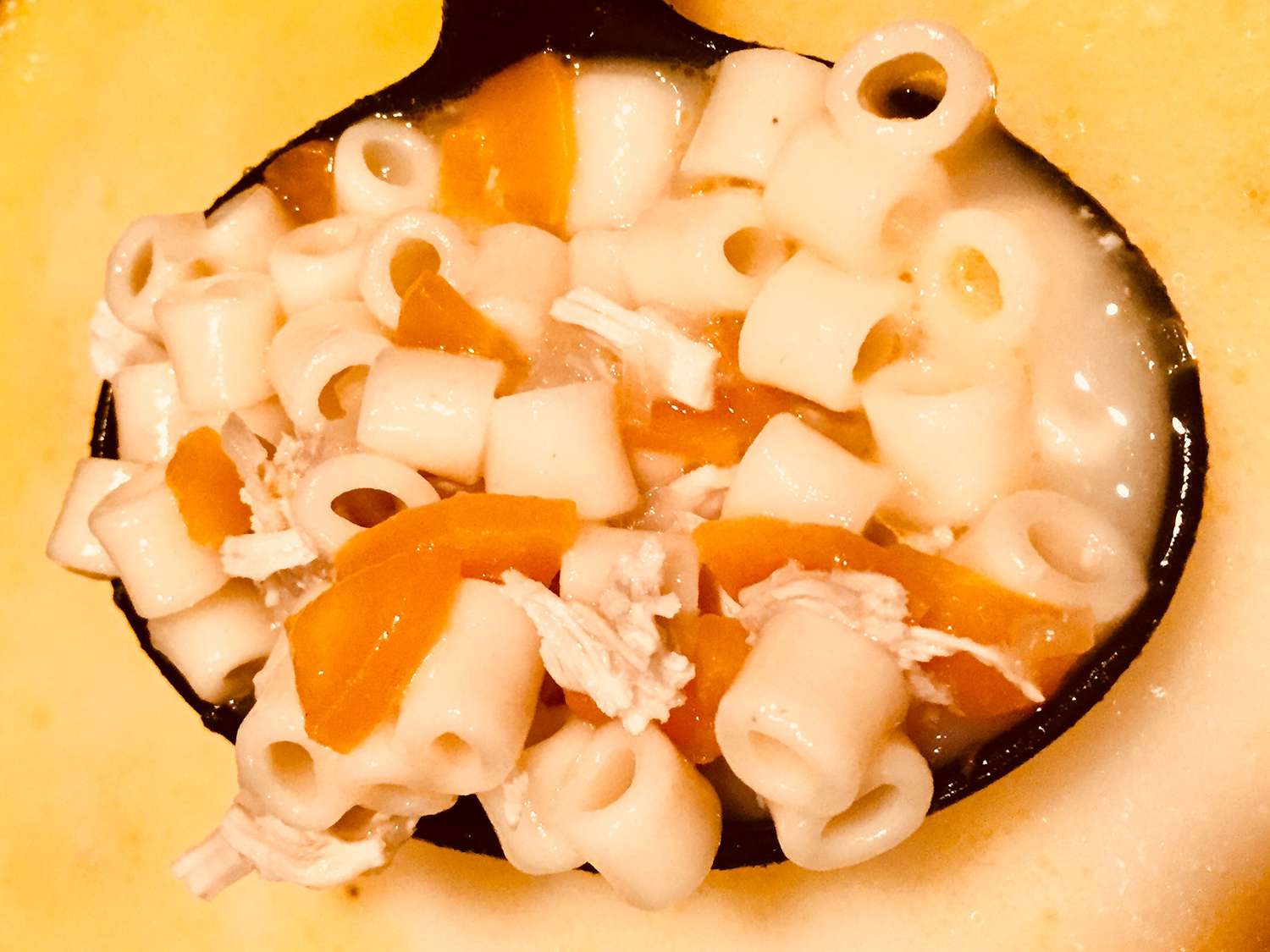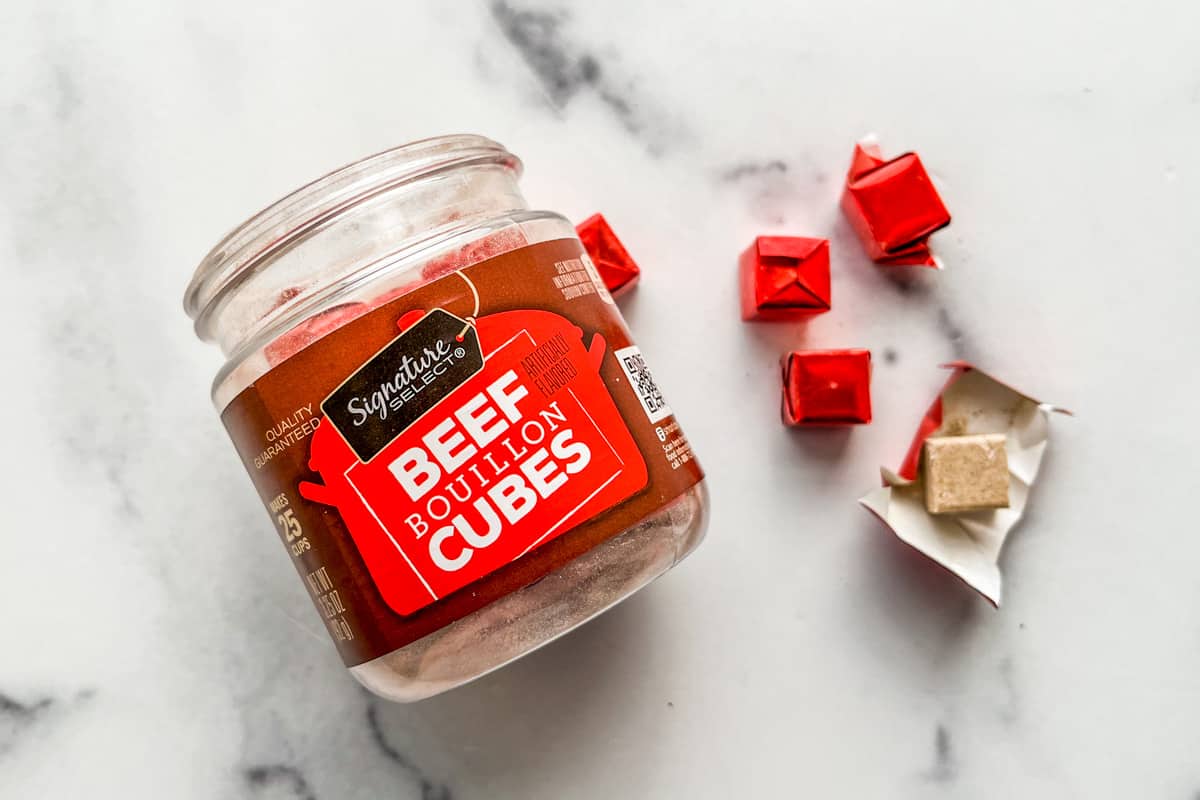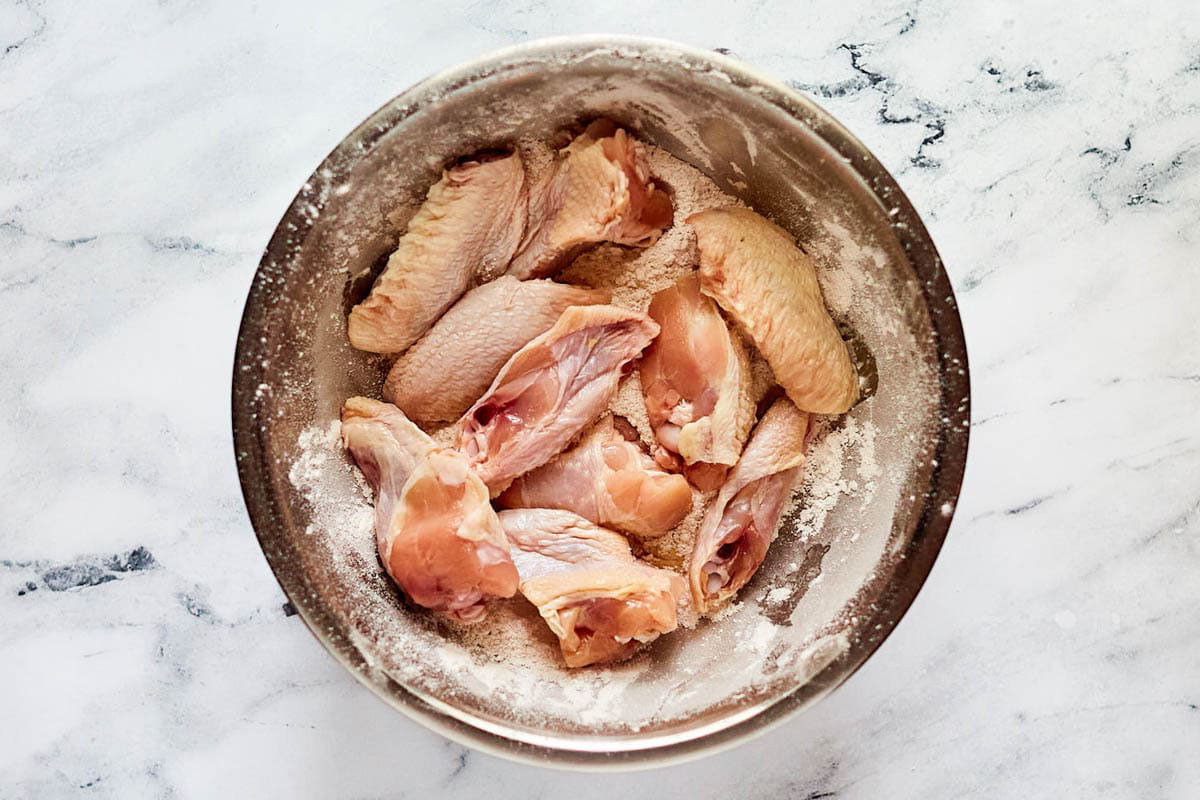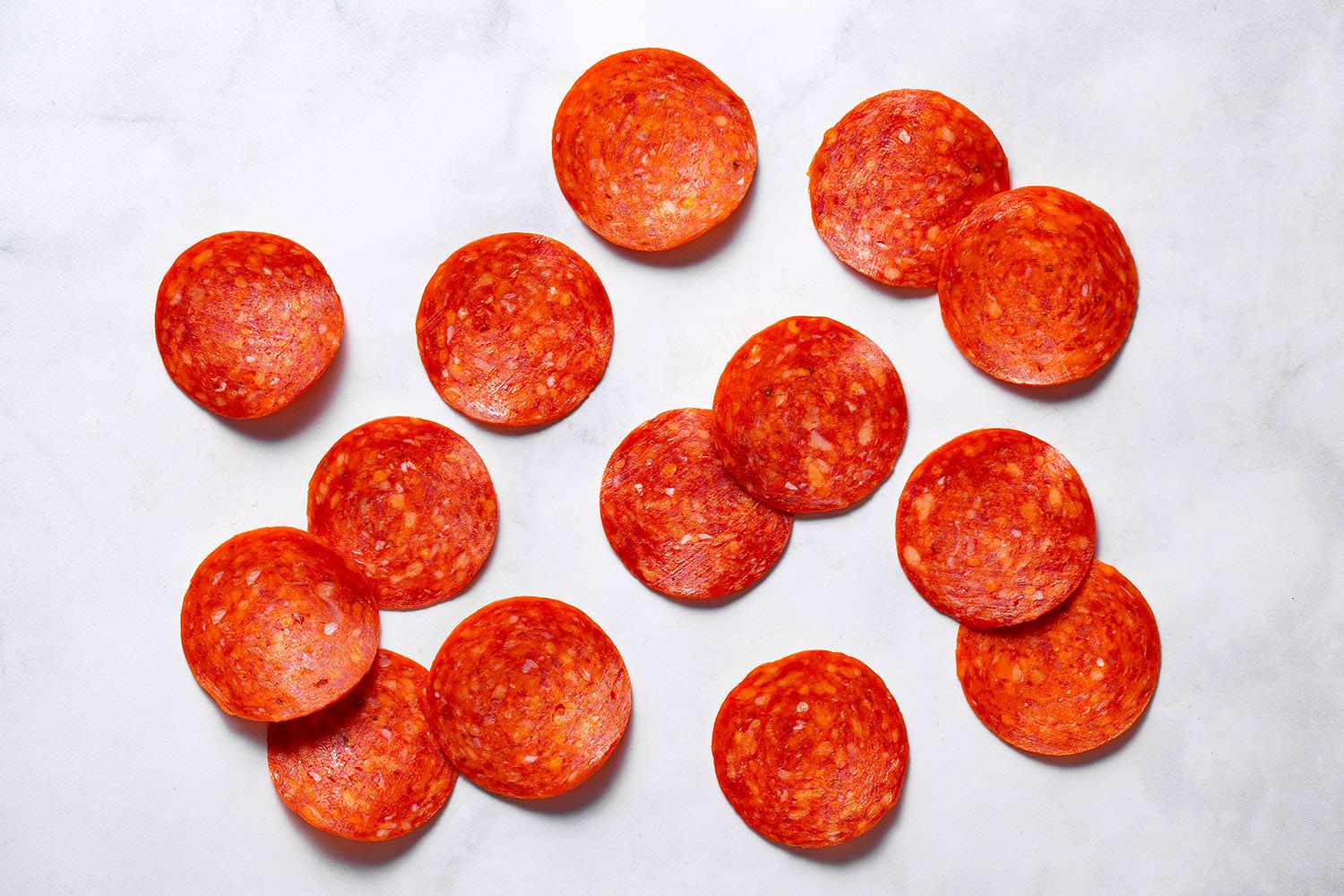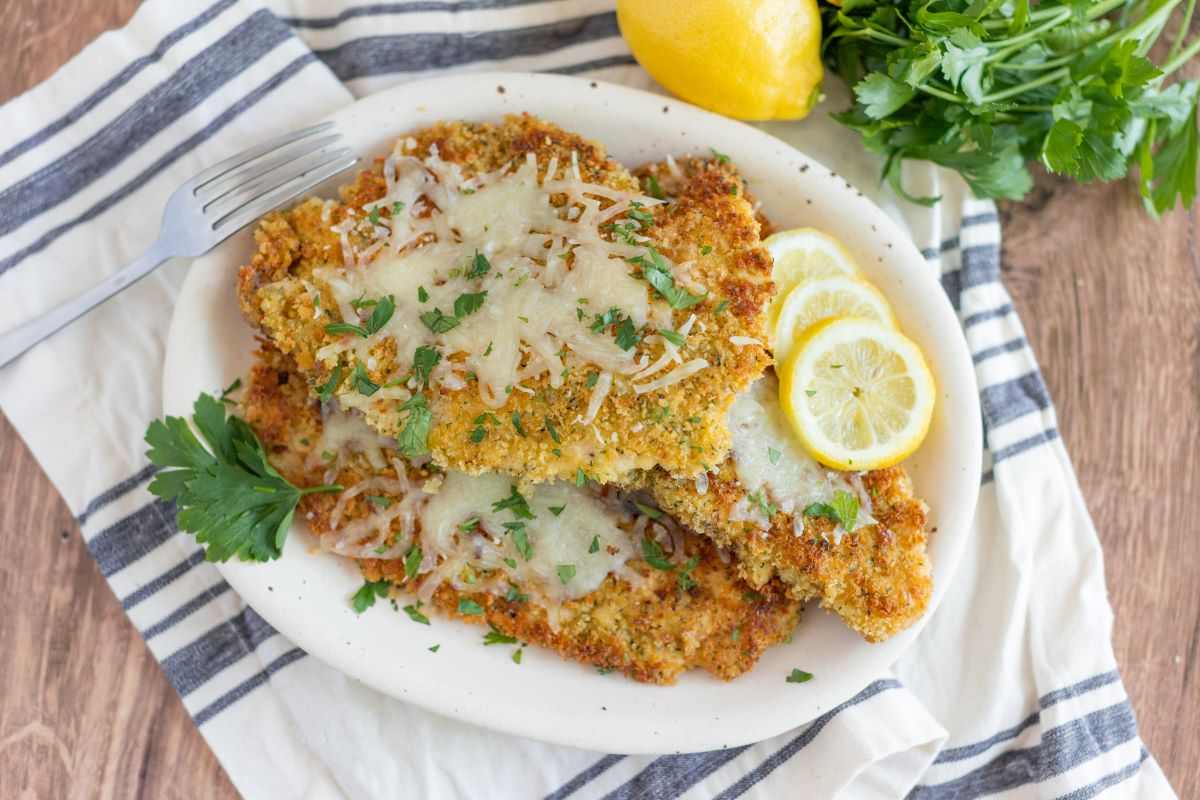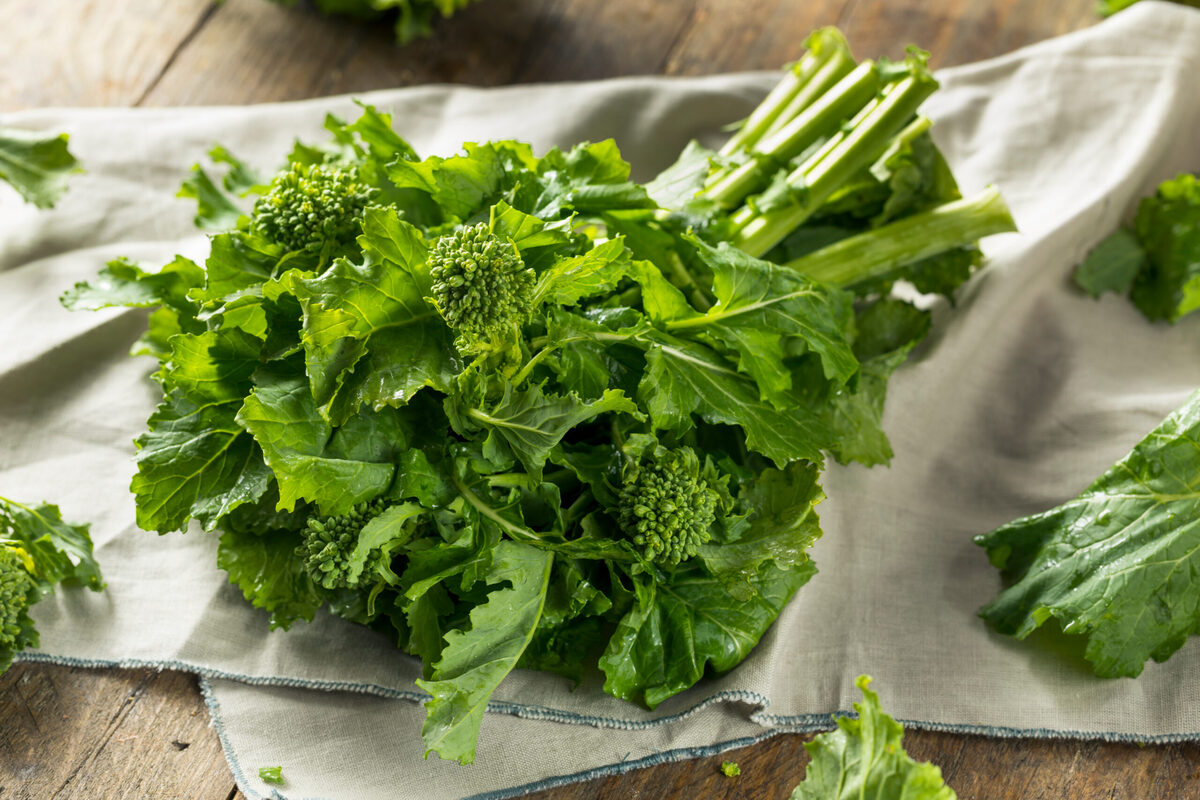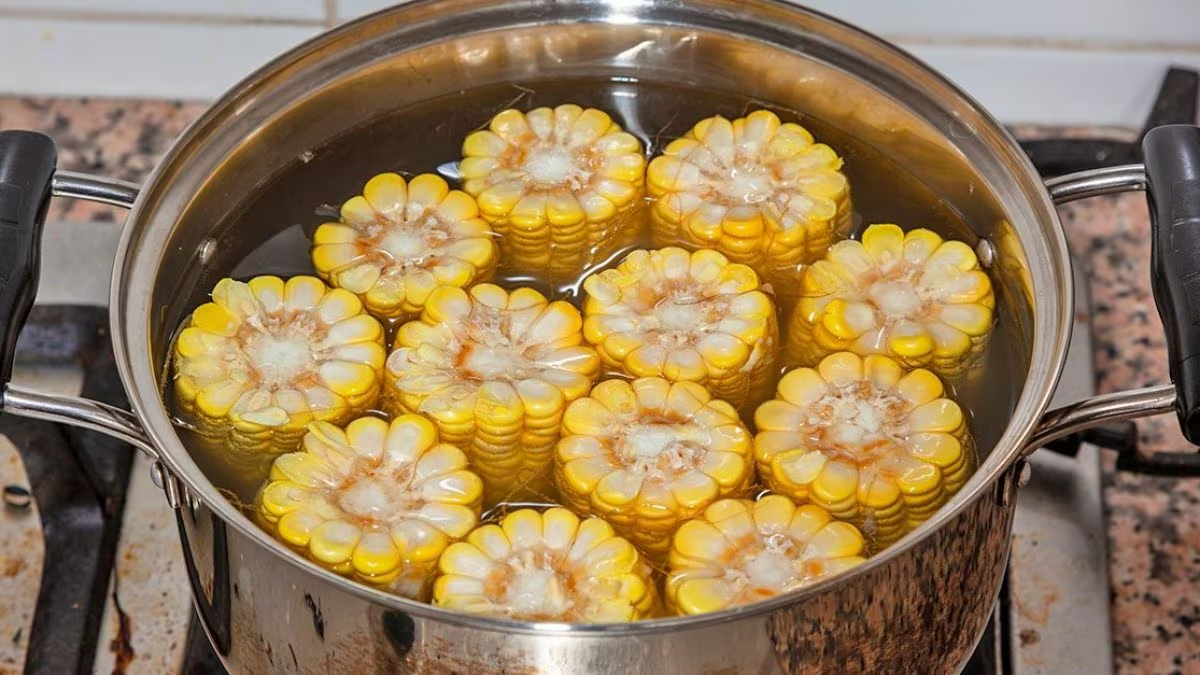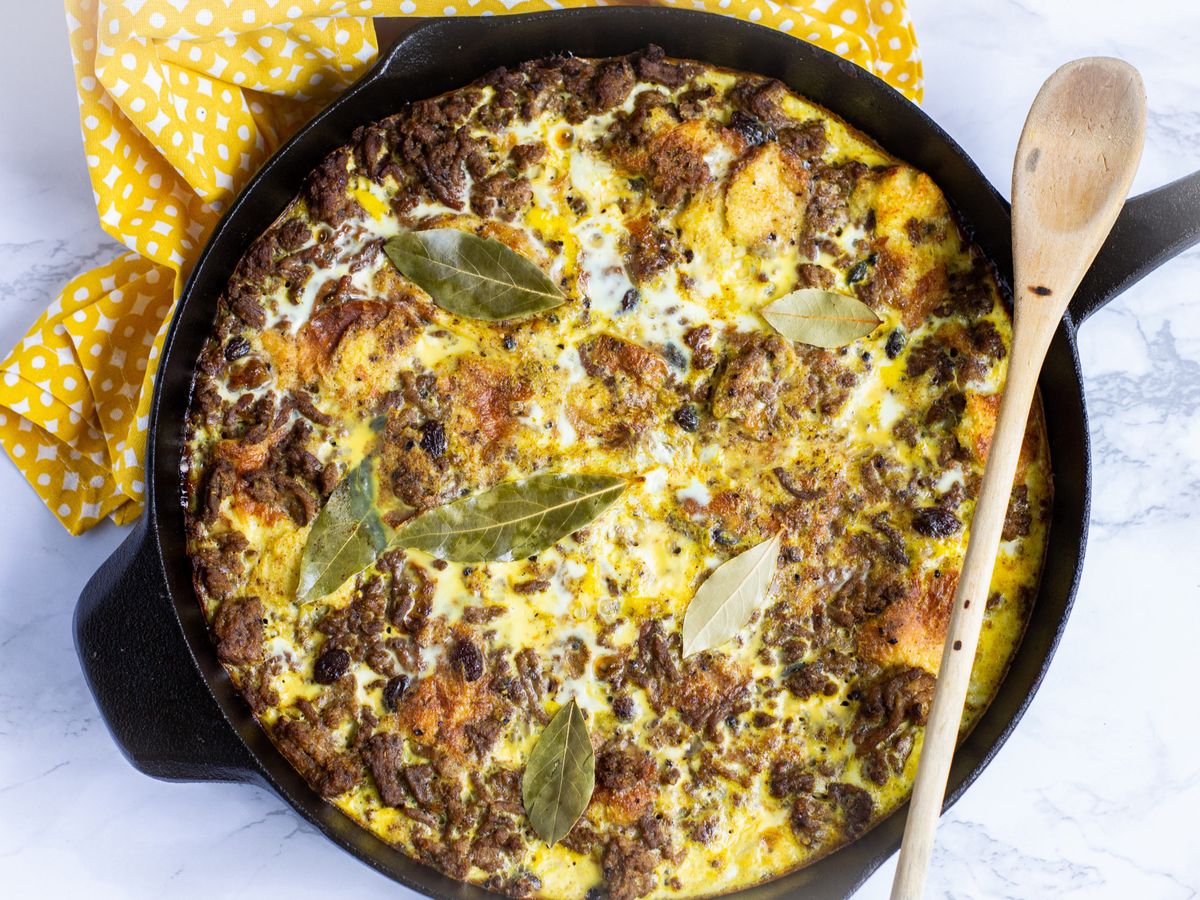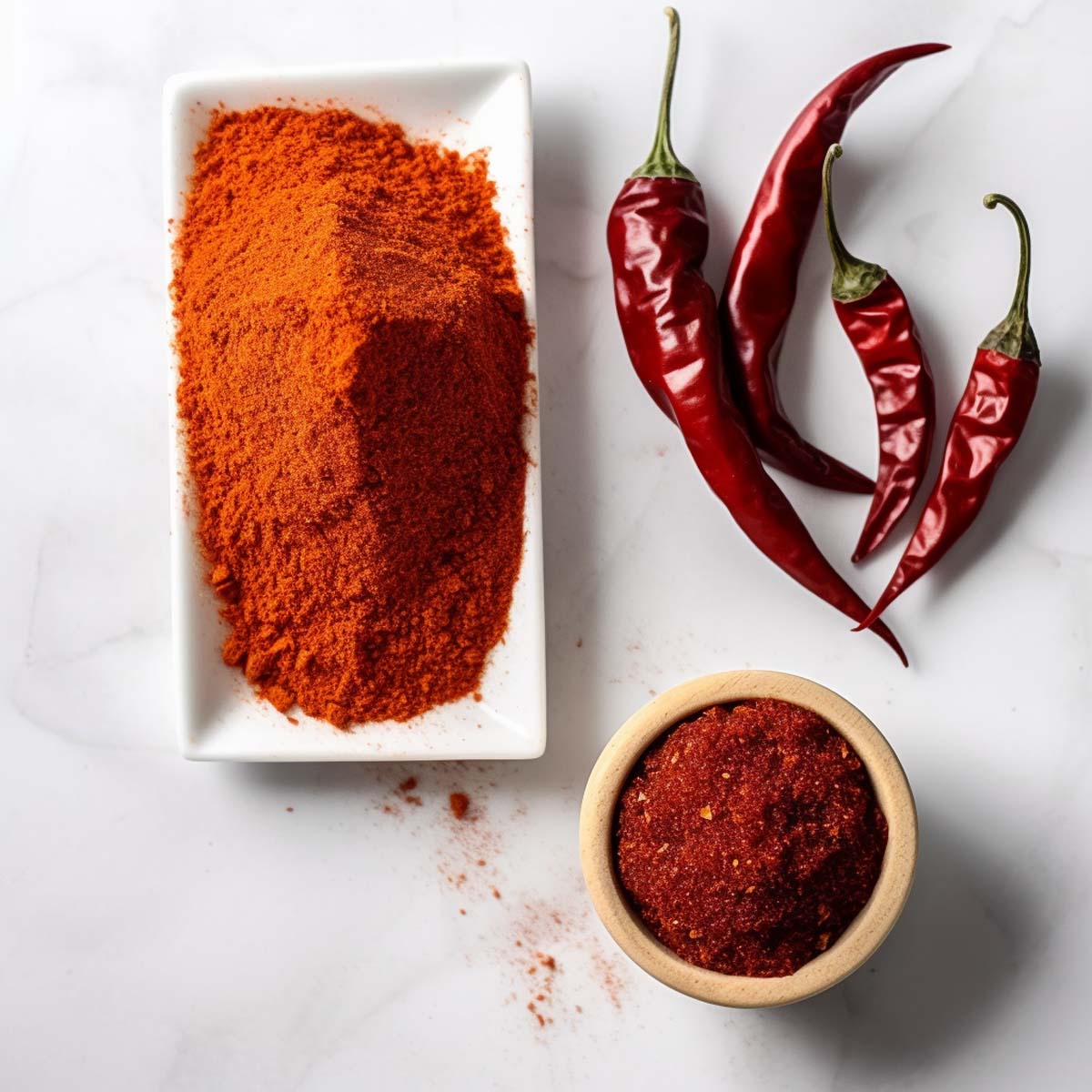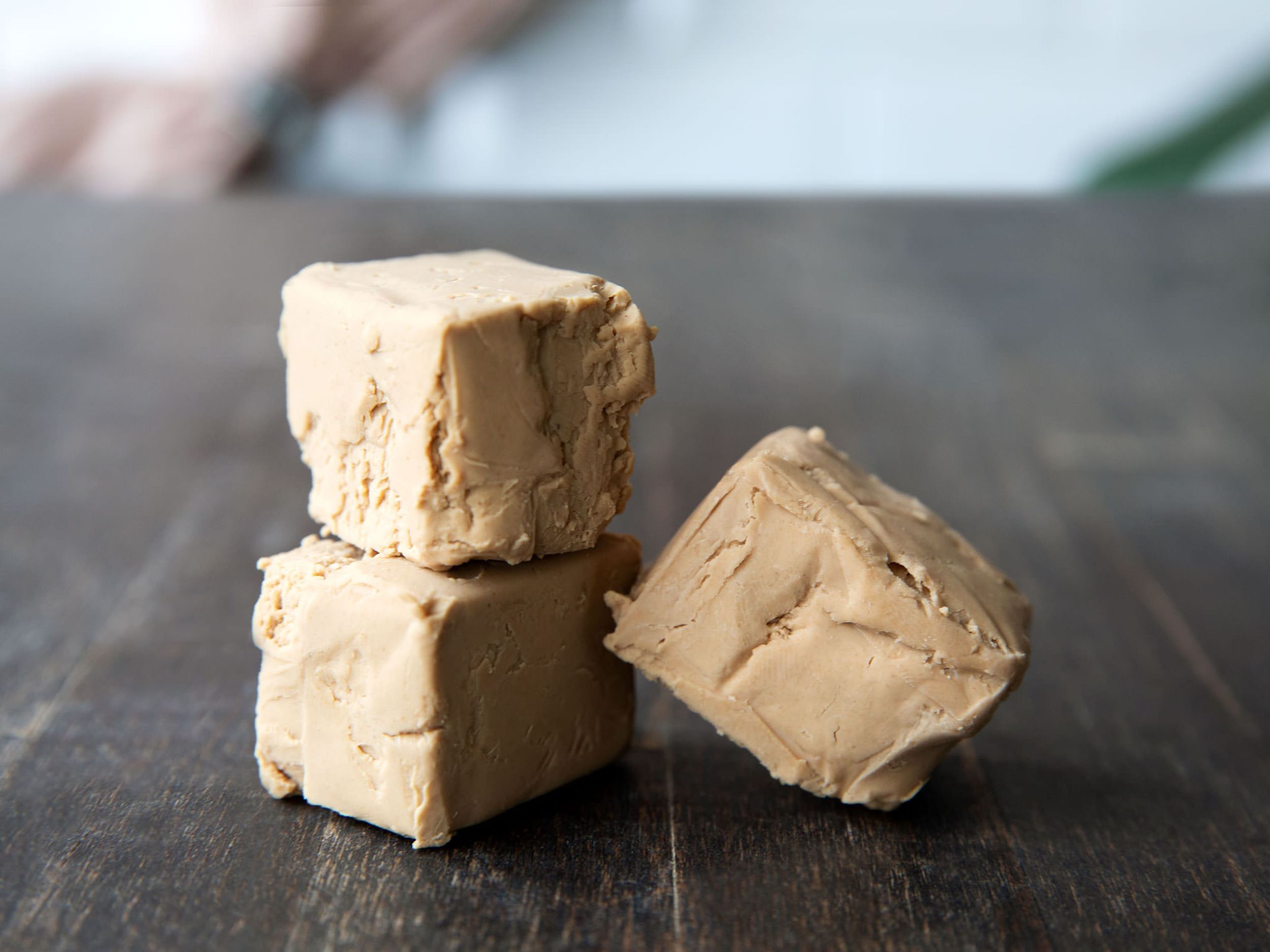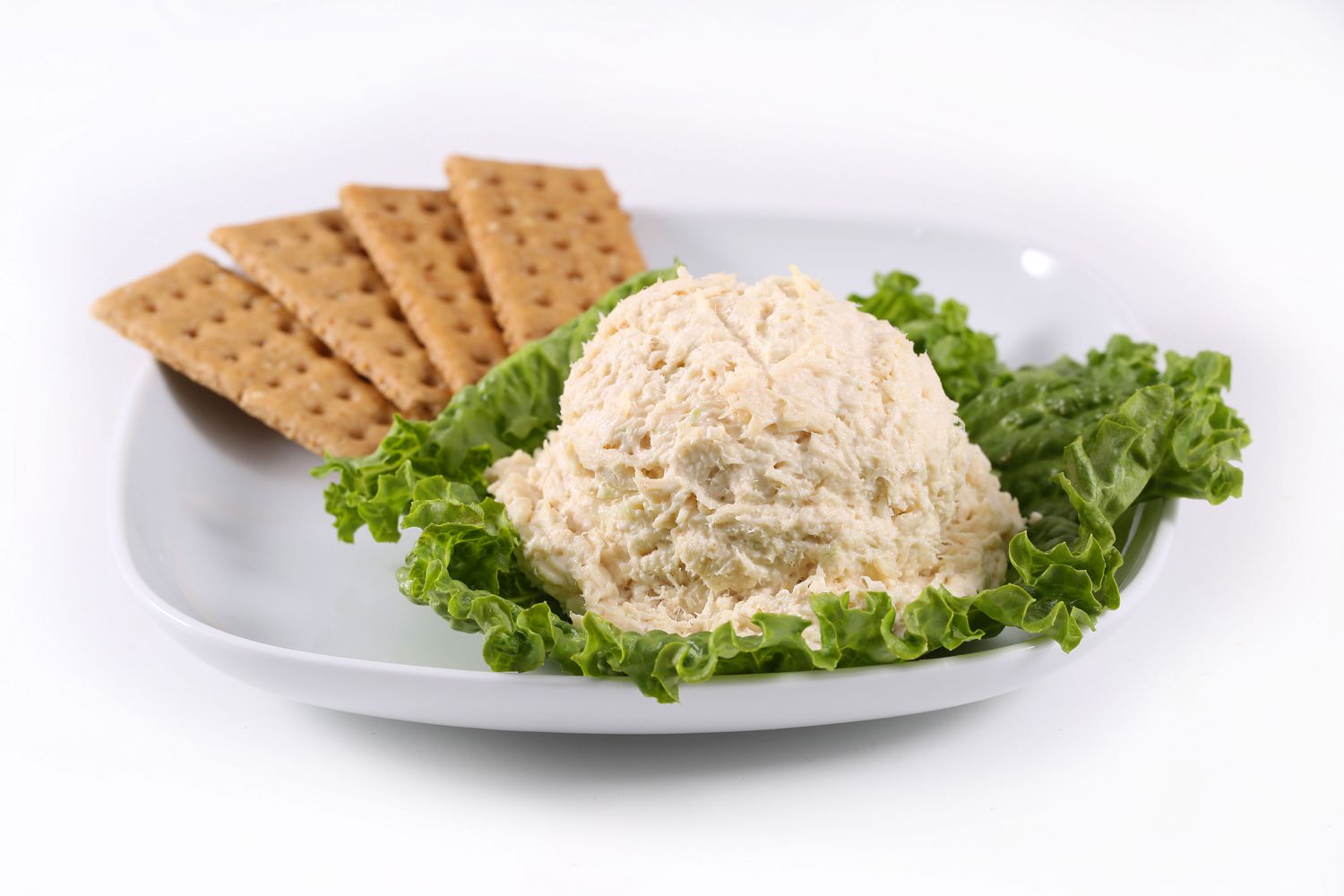What Makes Blue Cheese So Unique?
Blue cheese is a beloved and distinctive type of cheese that is known for its strong flavor and characteristic blue veins. But have you ever wondered what gives blue cheese its unique taste and appearance? Let’s delve into the fascinating process of how blue cheese is made and the key ingredients that contribute to its one-of-a-kind qualities.
The Ingredients
Blue cheese is made from a few simple ingredients, but it’s the specific types of mold and the aging process that give it its signature taste and appearance. Here’s what blue cheese is made of:
- Cheese Curds: Blue cheese starts with the same basic ingredients as most other cheeses – milk, rennet, and salt. The milk is curdled using rennet, and the resulting curds are then separated from the whey.
- Penicillium Roqueforti: This is the mold responsible for the distinctive blue veins in blue cheese. It is added to the cheese curds, where it grows and creates the characteristic marbling.
- Aging: Blue cheese is aged in a temperature and humidity-controlled environment for several weeks to several months. During this time, the flavors develop and the mold spreads throughout the cheese, creating its unique taste and appearance.
The Process
The process of making blue cheese is a delicate balance of science and art. After the cheese curds are formed, they are pierced with stainless steel needles to create channels for the mold to grow. The cheese is then left to age in a cool, damp environment, allowing the mold to work its magic.
As the cheese ages, the mold spreads and creates the characteristic blue veins. The aging process also allows the flavors to develop and intensify, resulting in the bold, tangy taste that blue cheese is known for.
The Unique Flavor
So, what gives blue cheese its unique flavor? The combination of the rich, creamy cheese base and the tangy, earthy notes from the Penicillium roqueforti mold creates a complex and intense flavor profile. The aging process further enhances these flavors, resulting in the bold and pungent taste that blue cheese is famous for.
In Conclusion
Blue cheese is a true culinary delight, and its distinctive taste and appearance are the result of a carefully controlled process and the specific ingredients used in its production. The combination of cheese curds, Penicillium roqueforti mold, and the aging process all contribute to the unique qualities that make blue cheese a favorite among cheese connoisseurs.
Next time you savor a piece of blue cheese, take a moment to appreciate the craftsmanship and expertise that goes into creating this beloved cheese.
Was this page helpful?
Read Next: What Is Back Bacon?
